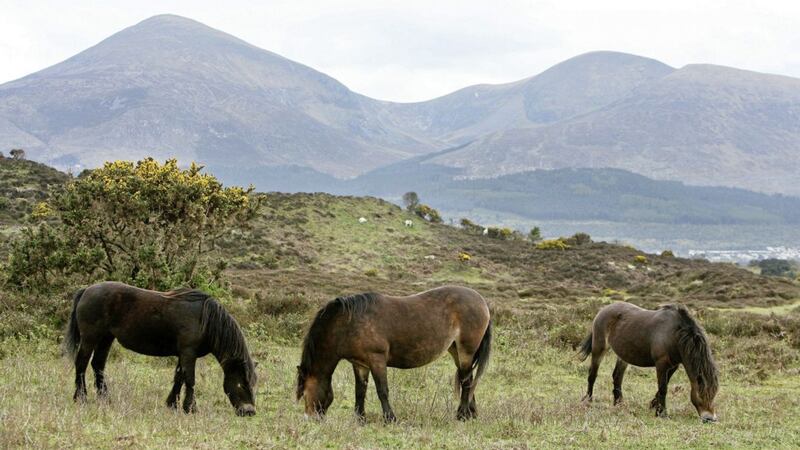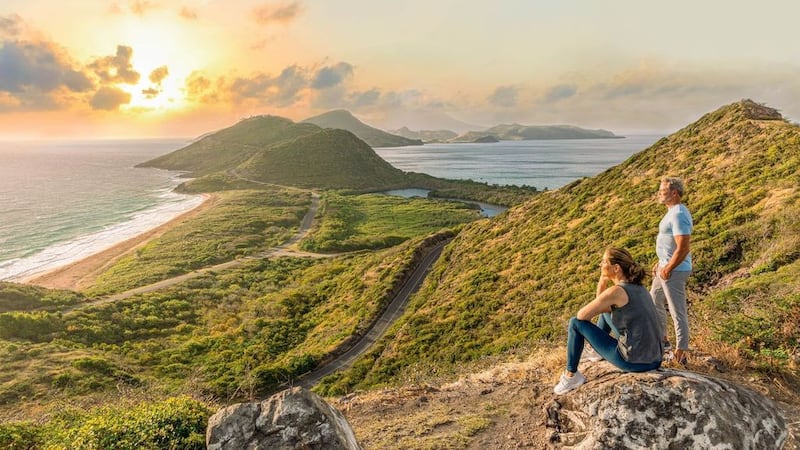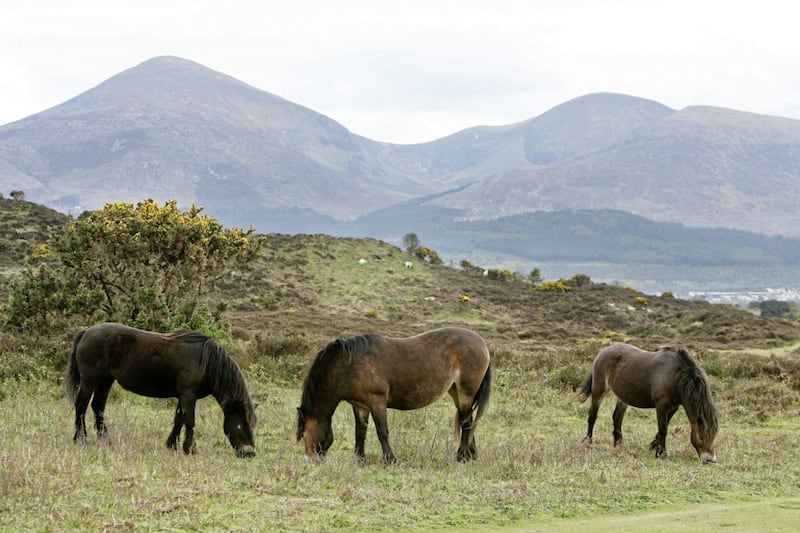ON A long Monday morning stroll from Dundrum through the dunes of Murlough and along the beach into Newcastle, the clouds are low and only the lowest slopes of the Mourne Mountains visible.
The ever-shifting waves rise and fall into hillocks and dips before breaking at the high tide mark, bringing fresh deposits of unnatural looking gunk on to the beach. Spumes of sea foam nestle among the pebbles and rocks along the shore, like suds from an overflowing bath.
The foam is formed by organic matter decaying in the sea that has been whipped up by the churning tide and is usually harmless. However, detergents and other man-made pollutants in the sea can also contribute.
As a regular walker along our beaches and coastlines throughout Ireland, I am constantly stunned at the amount of rubbish that lands on our shores – everything from car tyres to an actual kitchen sink. However, as well as the visible detritus of humanity – including the contents of our toilets, washing machines, and the occasional oil spillage – our seas and oceans have also become a repository for airborne pollution.
According to the New York-based writer Daniel Pinchbeck around 85 per cent of carbon dioxide released into the atmosphere each year ends up in our oceans, changing their chemical composition. In his just-released new book How Soon Is Now, Pinchbeck argues that this has made our seas 30 per cent more acidic and they could be reaching a point where they can not hold any more and will start to release it, creating a feedback loop that will accelerate climate change.
Pinchbeck comes from a counter-cultural perspective, but he sticks to scientific evidence when arguing that the Earth is at a tipping point into “abrupt global environmental change”.
He writes: “The planetary boundaries are: global warming, reduction of biodiversity, nitrogen run-off, land use, consumption of fresh water, acidification of the oceans, thinning of the ozone layer, aerosol pollution and atmospheric toxins.
“Currently, we have crossed at least four of these: climate change, loss of biodiversity, thinning of the ozone layer and nitrogen pollution.”
Given the climate-change-denying ethos of the new administration in Pinchbeck’s homeland (and among quite a few of our own indigenous public representatives), How Soon Is Now is an unsettling read. However, instead of sinking into a ‘We’re all doomed’ mindset about the ecological threat hanging over us, Pinchbeck attempts to present solutions.
The ‘albedo effect’ is where snow and ice reflects sunlight back into space, helping to keep the Earth’s temperatures down. But as the snow and ice caps melt, as result of global warming, the albedo effect is reduced, creating another feedback loop that causes the temperatures to rise even further, leading to further reductions in the ice caps. Pinchbeck’s solution is blindingly obvious: "...we can paint all of our urban rooftops white to mimic the albedo effect”.
How Soon Is Now charts much more than just the ecological crisis, and approaches the subject from a perspective that combines scientific and geopolitical pragmatism with a psychological twist.
Taking the Carl Jung idea of a collective unconsciousness that can be projected on to the physical world, Pinchbeck suggests that the global crisis is a wake-up call by the planet that is forcing us to take responsibility for our actions.
He writes: “Deepening global crisis is going to force transformation, one way or another. The best thing we can do is to seize this chance to leverage a mass awakening.”
Quoting Oscar Wilde, he says: “The systems that fail are those that rely on the permanency of human nature, and not on its growth and development.”
:: How Soon Is Now by Daniel Pinchbeck is published by Watkins Publishing.



